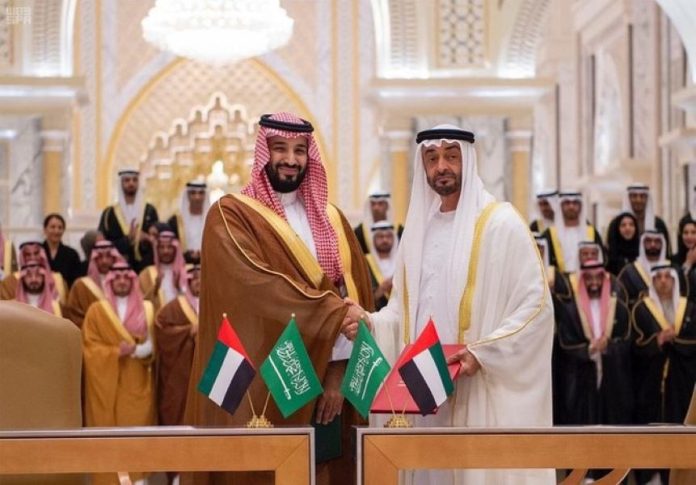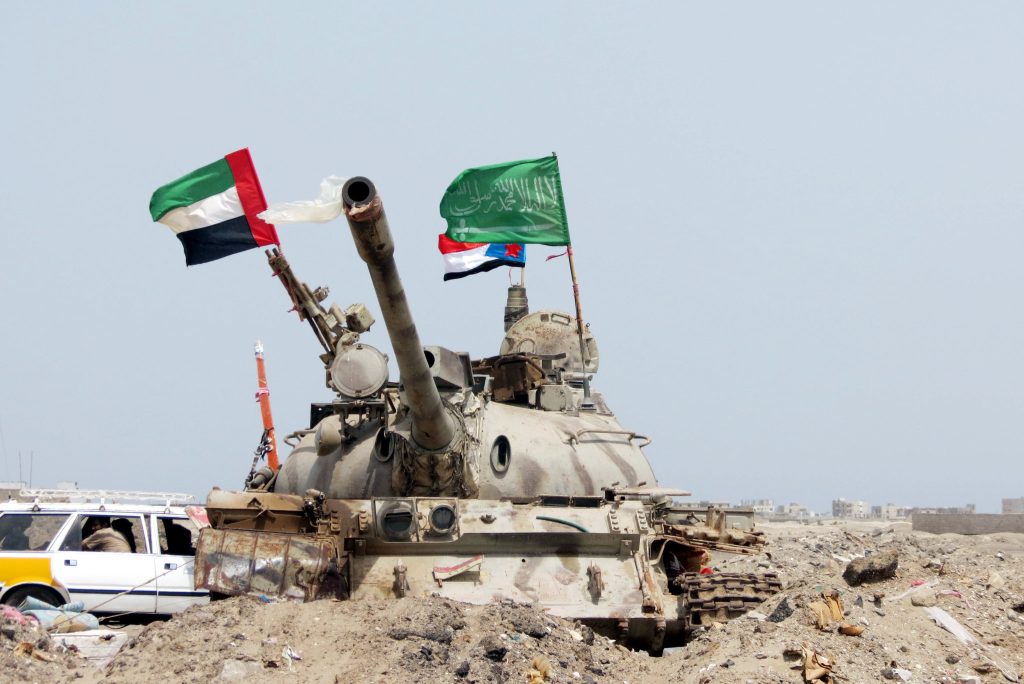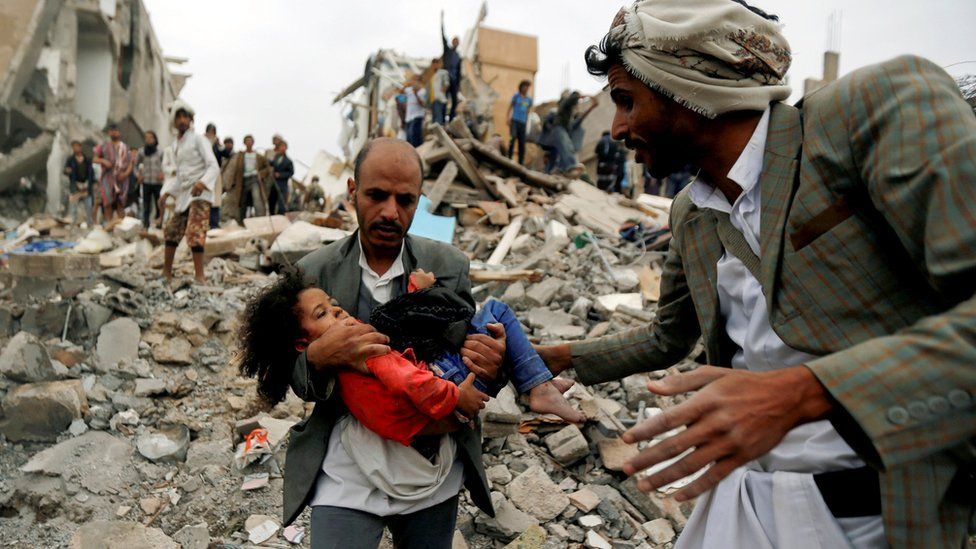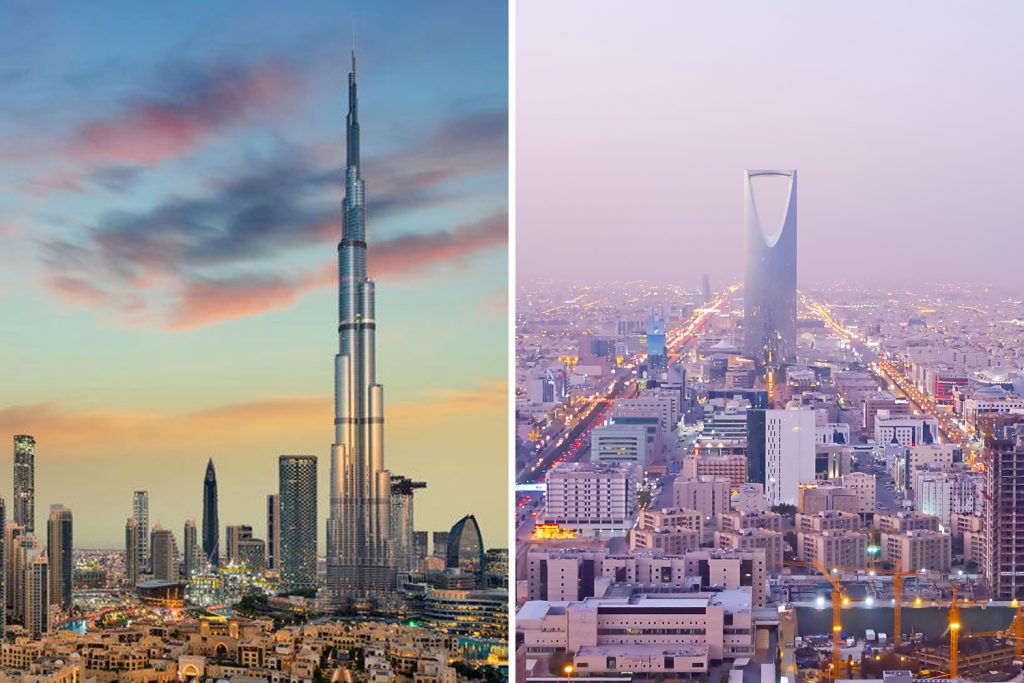Perhaps the most important point of difference between Saudi Arabia and the UAE is Mohammed Bin Salman’s planning for the development of Jizan port by Aramco and competition with Dubai.
Nearly a decade ago, with the beginning of the “Arab Spring” across the West Asia and North Africa region, Saudi Arabia and the UAE became the two main sides of the anti-Bloc.
The financial and military support of the two countries to the conservative and Western trends caused the popular protests in Bahrain, Egypt, Libya, and Tunisia to be gradually diverted and the authoritarian rulers to rule over the people of the region again.
In addition, the two countries, along with Bahrain and Egypt, played an active role in the blockade of Doha in June 2017.
The attack of the Saudi-Emirati coalition on Yemen in March 2015 may be considered the biggest point of cooperation between the two countries to curb the fundamentalist currents in the region.
However, with the passage of time, the differences between the two countries gradually became visible at the level of economic, geopolitical, and political competition.
A clear sign of these differences is the non-attendance of Muhammad bin Zayed and Muhammad bin Salman in Arab-regional meetings.
Conflict in Yemen
Although Saudi Arabia and the UAE were allied countries at the beginning of the Yemen crisis, gradually the UAE, with the cooperation of Israel, put the support of the Southern Yemen Transitional Council on the agenda.
Experts believe that the UAE pursues 3 goals in Yemen: helping the Southern Transitional Council to divide Yemen into two parts, the south, and the north, controlling the strategic ports and islands of Socotra in the Gulf of Aden, and weakening the reform process.
These goals are exactly against the interests of Saudi Arabia in maintaining the integrity of Yemen, the control of the Riyadh-backed government over strategic points, and preventing separatist currents from gaining power.
In such a situation, Saudi Arabia and the UAE are trying to achieve their goals in Yemen by communicating with the Houthis.
After the Beijing agreement between Iran and Saudi Arabia, the necessary ground was provided for the meeting of the political officials of the National Salvation Government and the Omani-Arab delegation.
Read more: Saudi air strike on Yemen killed 3 children and others injured
The heart of Middle East business, Riyadh or Dubai?!
Before King Salman ascended to power and Crown Prince Mohammed bin Salman, the emirates of Abu Dhabi and Dubai took great steps to develop trade, tourism, and global transit, which distinguished this region from other regions of the Middle East.
But after bin Salman came to power and announced the 2030 plan, Saudi Arabia decided to take big steps to diversify its income sources.
Riyadh’s driving engine is the Saudi Investment Fund with a financial reserve of 400 billion dollars, which allows Bin Salman to invest inside and outside Saudi Arabia and provide infrastructure for the development of other economic sectors.
Another plan of Mohammed bin Salman for the development of Saudi Arabia’s non-oil economy is to invest 550 billion dollars by 2030 to create infrastructure and boost the tourism economy.
The focus on the Neom project, the creation of airports, roads, and ports, the opening of concert-cinema halls, hotels, shopping cruises, and paying attention to historical monuments before the advent of Islam shows Bin Salman’s planning to steal the lead from regional rivals, especially the UAE.
Another point of conflict between the interests of these two countries is Bensalman’s condition for foreign investments.
Saudi Arabia has announced to international companies that they can only be in Saudi Arabia if they transfer their regional offices to this country.
Previously, Dubai was the center of gathering trans-regional companies, but with the change in Bin Salman’s policies, this issue is changing.
So far, companies such as Apple, Google, Huawei, Alibaba, Microsoft, and Samsung have moved their headquarters to Saudi Arabia.
But the most important point of difference between Saudi Arabia and the UAE; is Bin Salman’s plans to develop Jizan port by Aramco and compete with Dubai.
Riyadh wants to turn Jizan into the industrial-transit heart of the Middle East in the Red Sea and the Indian Ocean.
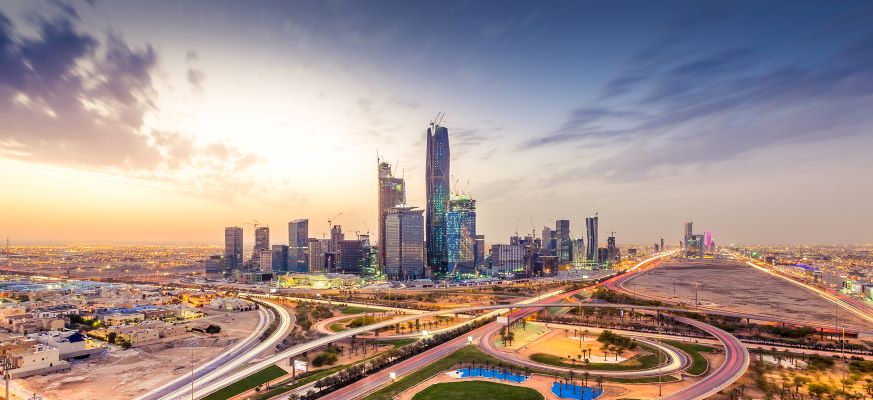
Before the start of the Corona pandemic, Saudi Arabia and Russia decided to create a new mechanism called “OPEC Plus” in response to the drop in global oil prices.
In this structure, the producer governments prevented the price drop by adjusting the daily oil production level according to the market needs and increasing the oil revenues.
In July 2021, Saudi Arabia and Russia decided to put the agenda of reducing 2 million barrels of oil per day on the agenda. The UAE considered this policy an “unfair” decision that would cause a loss of 10 billion dollars to the country’s oil revenues.
Although Riyadh and Abu Dhabi reached an understanding at first, the economic pressure of this decision caused the rumor of the UAE’s withdrawal from OPEC to gain strength.
Experts believe that the UAE-Saudi dispute is rooted in the Ukraine crisis.
While behind the curtain, the Emiratis are giving the green light to the member countries of the “Group of 7” to increase the level of oil production; Riyadh prefers to follow the policy of reducing daily oil production with Moscow while keeping the price level high; to have leverage to obtain military, economic and political concessions from Washington and Moscow.
Both countries are looking to transition from an oil economy, diversify their income portfolio and attract foreign investments.
Adopting a similar strategy in the field of “economic development” is perhaps the most important reason for increasing friction between these two old allies.

